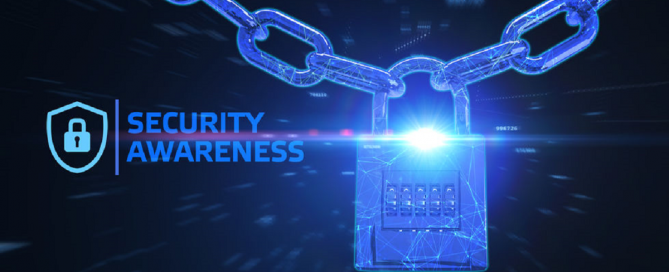10 Tips for Detecting and Mitigating Phishing Attacks
10 Tips for Detecting and Mitigating Phishing Attacks Despite being a well known problem, phishing remains a significant issue for companies. Notwithstanding the increased sophistication of new malware and advanced persistent threats, phishing is still one of the most effective ways to breach networks, steal money and credentials, and exfiltrate data. Phishing can be the first stage in a sophisticated information-stealing attack. It's a tried and true method that cyber criminals have been using for years but are now adapting to their own needs. It remains pervasive because phishers get away with it so often. Read on for ways to detect and mitigate phishing attacks. There are many types of phishing attacks organisations must be wary of. The main outcomes of all phishing attempts are to steal credentials, instigate a ransomware attack, install malware or trick a person into making a payment for a fictitious service. “Phishing emails are one










